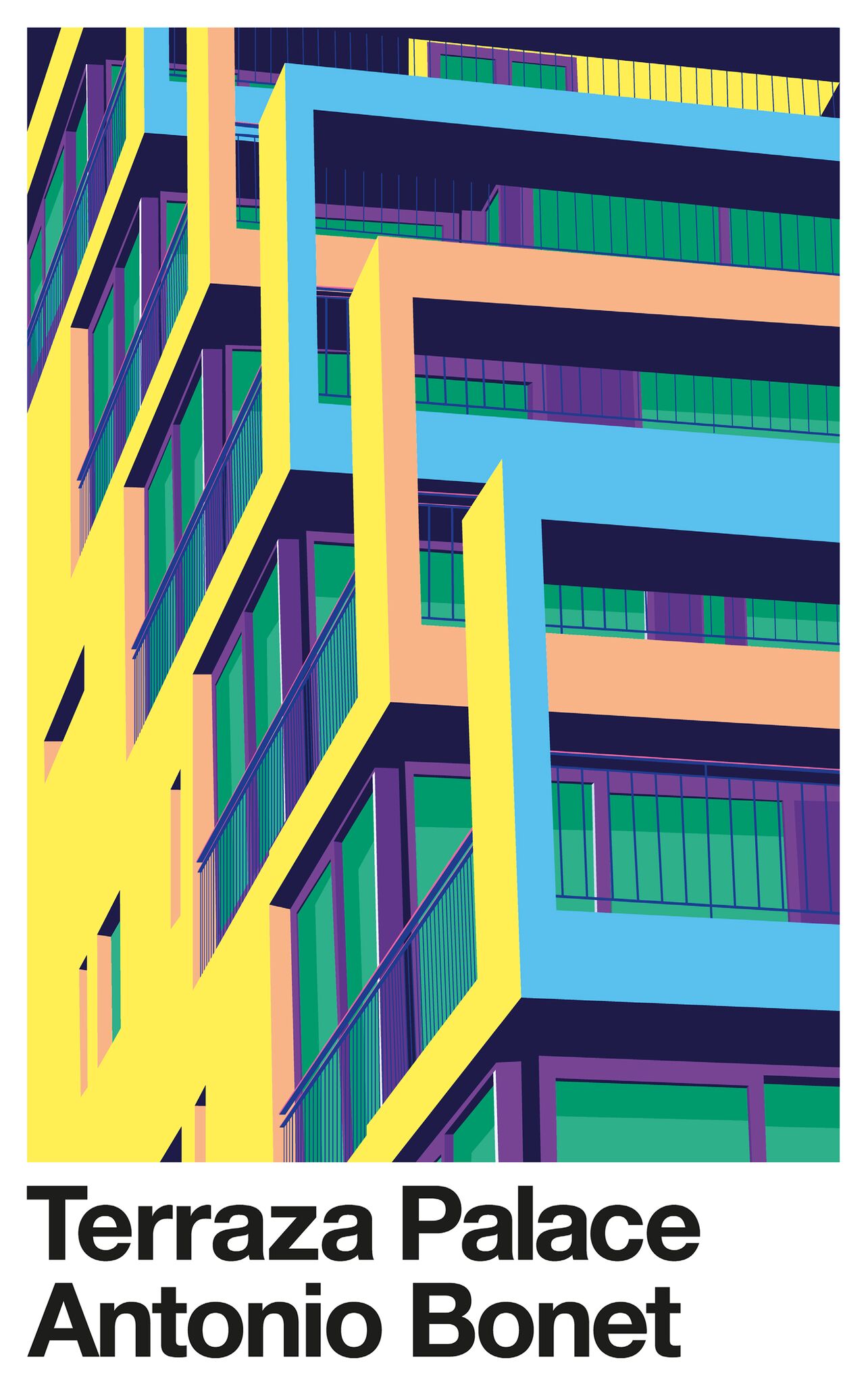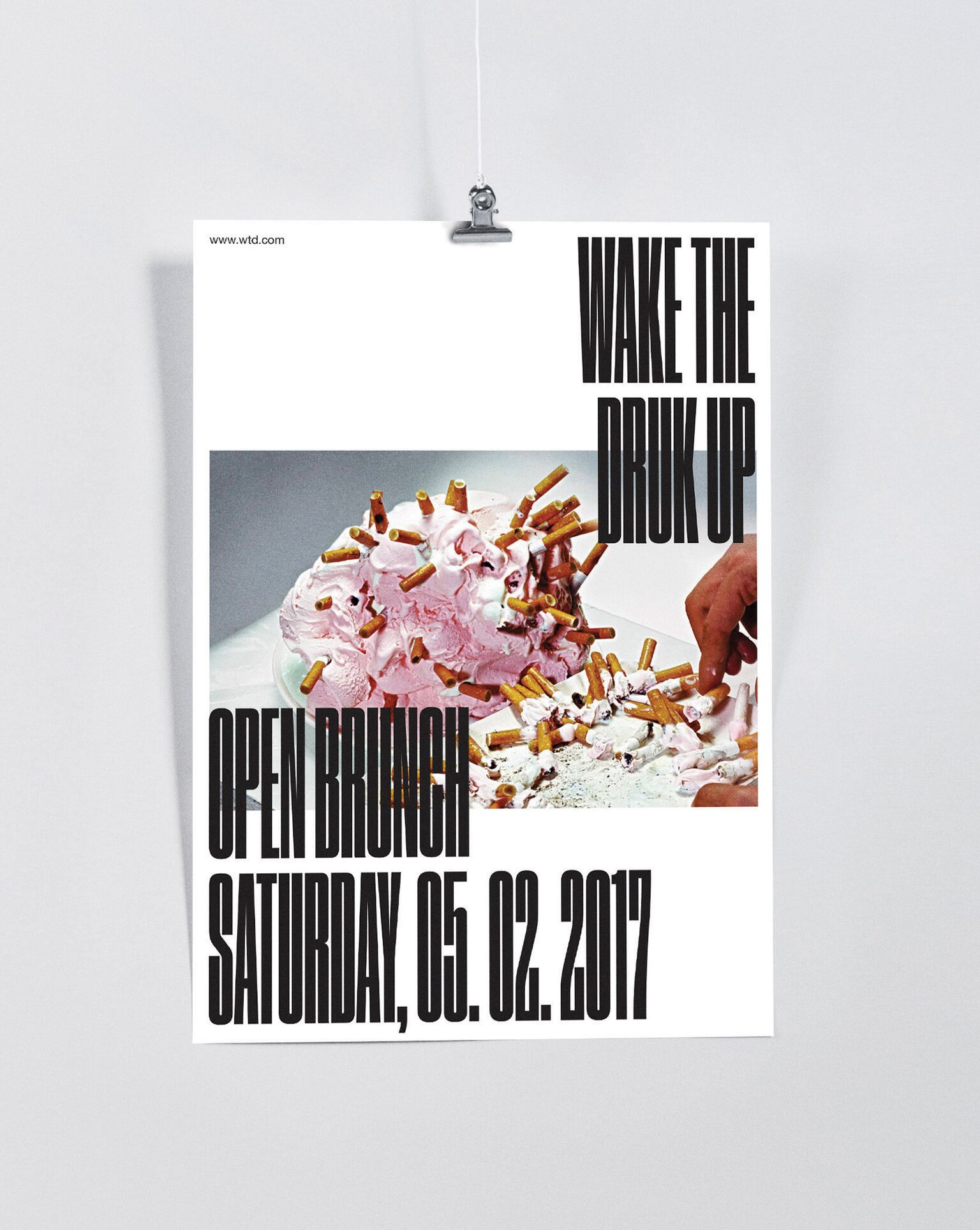 Rory Lambert, Director of the Visual Communication Department, guides the students to push boundaries and explore their own aesthetics so they can develop their voice and identity during their studies. The multicultural school, situated within the active city of Barcelona, provides a stimulating setting for students to forge their way in the competitive digital world, led by a creative team of teachers.
Rory Lambert, Director of the Visual Communication Department, guides the students to push boundaries and explore their own aesthetics so they can develop their voice and identity during their studies. The multicultural school, situated within the active city of Barcelona, provides a stimulating setting for students to forge their way in the competitive digital world, led by a creative team of teachers.
What excites you the most about the future of visual communication and creativity?
We’re amazingly lucky to be in one of the industries where, while we don’t create things out of nothing, we connect things that nobody thought of connecting before. With everybody talking about Artificial Intelligence, automation, robots and so on, we have the marvellous opportunity to use our brains to create and go down unexplored paths, turn the illogical into the logical, establish new paradigms and just be plain inventive. Maybe we’ll all end up as creative directors of a team of robots, why not? This should inspire anybody with a creative slant, right? What we’re not doing is falling in love with technology just because it’s all shiny and new. Just as inventing the cathode tube didn’t automatically produce great TV and the arrival of the Internet didn’t automatically mean wonderful content, we know that it’s all about what you do with technology, not what technology does directly. We have started introducing different tools into classes, such as virtual reality and augmented reality, but what interests us is the storytelling we can create with it. We also work on projects for international events such as Sónar +D Festival, which is a great opportunity for students and teachers. This year we presented Words, which was a sensorial light and sound experience, capturing the voices of visitors, creating a never-ending sound loop.
What’s the biggest challenge for you, as teachers?
I’d say, fighting against superficiality. I don’t want to get all boring and harp on about new generations, digital natives, attention spans, but we do have to make more and more effort to get students to investigate and to think more. Maybe we’re living in a moment of change and people of my generation will have to adapt too, but sometimes we miss the richness of cultural background, of references and of critical thinking. That’s why we make a big effort to push students to challenge their own boundaries and cultural references. An example of this is connecting students to the CCCB (The Centre of Contemporary Culture of Barcelona) to work on visual exercises with creators and curators there. Ultimately, we’d like to think that this will give students a greater depth of thinking.
You often collaborate with festivals, enterprises or events in your projects to show the students the realness of the profession. Do you also encourage them to participate in competitions?
We’re 100% committed to them doing that. Like the CCCB experience, it’s another way to get them out of their own bubble and to see their work in a wider context, competing with other schools and professionals. In this age of internet democracy where likes are the measure of success, it’s good to ensure that students can pitch their work to professionals and be told what is good and what isn’t. Awards aren’t the basis for everything, but it’s a good barometer of creativity and design in one given moment, and what’s more, if it’s a good festival it’s good for showing students what’s superfluous and what is valuable in their work. Recently, one of our students has been awarded a gold ADG Laus Award for their project Bonet, a set of posters about the architecture of Antoni Bonet.
IED has schools all over the world, what makes Barcelona special?
Barcelona is a design city with a lot of great design schools and that’s good as it raises the bar and means we have to keep pushing ourselves. It’s also a really cosmopolitan place, with a lot of people from around the world coming to live and work here, attracted by the design culture and its lifestyle, and that sort of aligns with our students who are from all over the place, creating a great cultural diversity in class. And then, we’re really proud of the fact that we have alumni from Sweden, Italy and Venezuela, for example, working today in great local studios such as Folch or Lo Siento.
iedbarcelona.es. Sponsored Content.








